My Take
SOURCE: RAJESH AHUJA / FOR MY TAKE / IDRW.ORG

In an era marked by escalating maritime tensions and the rapid expansion of China’s naval capabilities, the need for enhanced naval power and cooperation among like-minded nations has never been more pressing. A strategic proposal should be that Four nations come together for a collaborative effort between India, France, Japan, and South Korea to build a fleet of advanced aircraft carriers. some for the arguments for the Quad Carrier Cooperation is that.
China’s rapid naval expansion and future ambitions, including the development of larger aircraft carriers and advanced technologies like EMALS, pose a significant challenge to regional security. To maintain a strategic balance, India, France, Japan, and South Korea will need more and larger aircraft carriers equipped with cutting-edge technologies. The collaborative construction of these carriers is aimed at ensuring that the participating nations can effectively counter China’s growing naval capabilities.
Continue readingSOURCE: SATYAJEET KUMAR/ FOR MY TAKE / IDRW.ORG

The Indian Air Force (IAF) has long faced the challenge of modernizing its fighter fleet to maintain operational readiness and ensure national security. The Multi-Role Fighter Aircraft (MRFA) tender, aimed at procuring 114 jets, has been a protracted and complex process, fraught with delays and bureaucratic hurdles. As Prime Minister Narendra Modi embarks on his third term, there is a critical opportunity to finally resolve this issue and enhance the IAF’s capabilities.
One of the primary reasons for the delay in the MRFA tender has been the cumbersome and bureaucratic procurement process. Simplifying and streamlining this process is essential. This can be achieved by setting clear timelines, reducing redundant procedures, and ensuring that decision-making authority is centralized to avoid unnecessary delays. A dedicated task force could be established to oversee the MRFA tender, ensuring accountability and swift resolution of issues that can be completed in next 2 years.
Continue readingSOURCE: DEEPAK HILORI/ FOR MY TAKE / IDRW.ORG
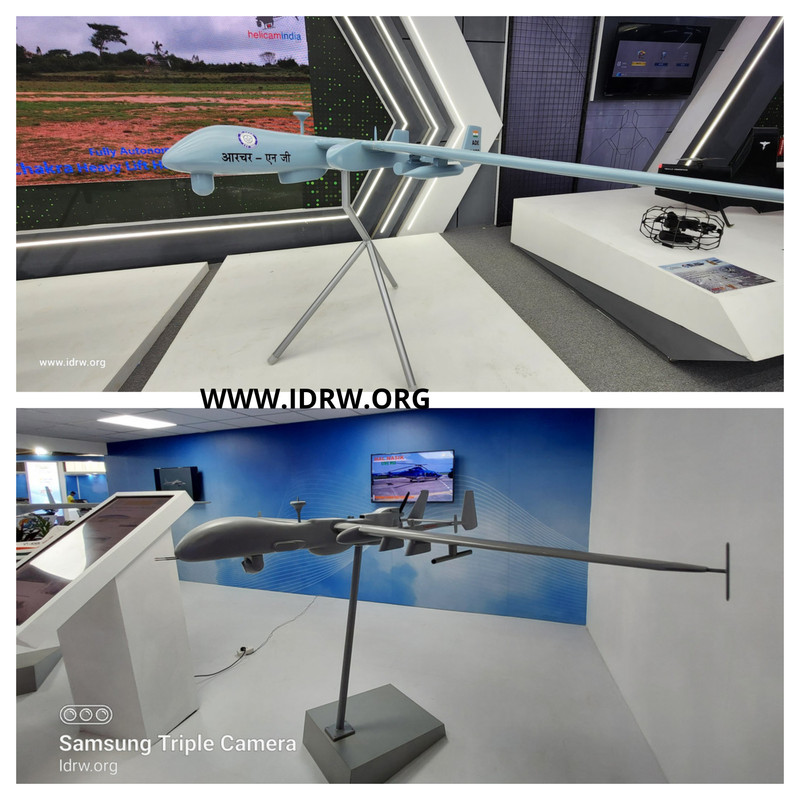
India’s quest for self-reliance in defense has reached a crucial juncture. The Medium Altitude Long Endurance (MALE) UAV program, specifically the Archer and Tapas projects, has seen delays. To bridge this gap and expedite MALE UAV development, the Defence Research and Development Organisation (DRDO) should consider transferring its technology (ToT) to qualified Indian private sector companies.
Private companies bring agility and a market-driven approach. DRDO’s expertise lies in fundamental research. Sharing knowledge allows private firms to leverage existing technology, accelerating the MALE UAV development cycle.
Continue readingSOURCE: SATYAJEET KUMAR/ FOR MY TAKE / IDRW.ORG

As Prime Minister Narendra Modi’s tenure marks a decade in power, one glaring failure stands out—the inability to finalize the Multi-Role Medium Range Fighter Aircraft (MMRFA) deal for the Indian Air Force (IAF). Despite repeated assurances and pledges to strengthen India’s defense capabilities, the prolonged delay in acquiring much-needed fighter jets has left the IAF in a precarious position, grappling with operational challenges and strategic vulnerabilities.
The MMRFA deal, aimed at procuring 114 fighter jets to bolster the IAF’s fleet, has been mired in controversy and bureaucratic hurdles, with the Rafale row casting a long shadow over the procurement process. The Rafale controversy, stemming from allegations of irregularities and favoritism in the acquisition of 36 Rafale fighter jets from France, has further complicated efforts to finalize the larger MMRFA deal, exacerbating delays and uncertainty.
Continue readingSOURCE: DINESH BEHARA / FOR MY TAKE / IDRW.ORG

In an ever-changing landscape of global politics, the shifting strategies and alliances of nations often leave observers bewildered about future outcomes. Look at the example of the Philippines’ contrasting foreign policy approaches under different administrations of Gloria Macapagal Arroyo to Benigno Aquino III to Rodrigo Duterte to Ferdinand Marcos Jr [1] or the example of fluctuating stances on international agreements like the JCPOA by Obama and Trump [2] , these examples highlight the volatility inherent in geopolitics.
In this article, let us shed light on some of the global leaders, who envisioned greater ties with India and were steadfast in their actions.
Continue readingSOURCE: DEEPAK HILORI/ FOR MY TAKE / IDRW.ORG
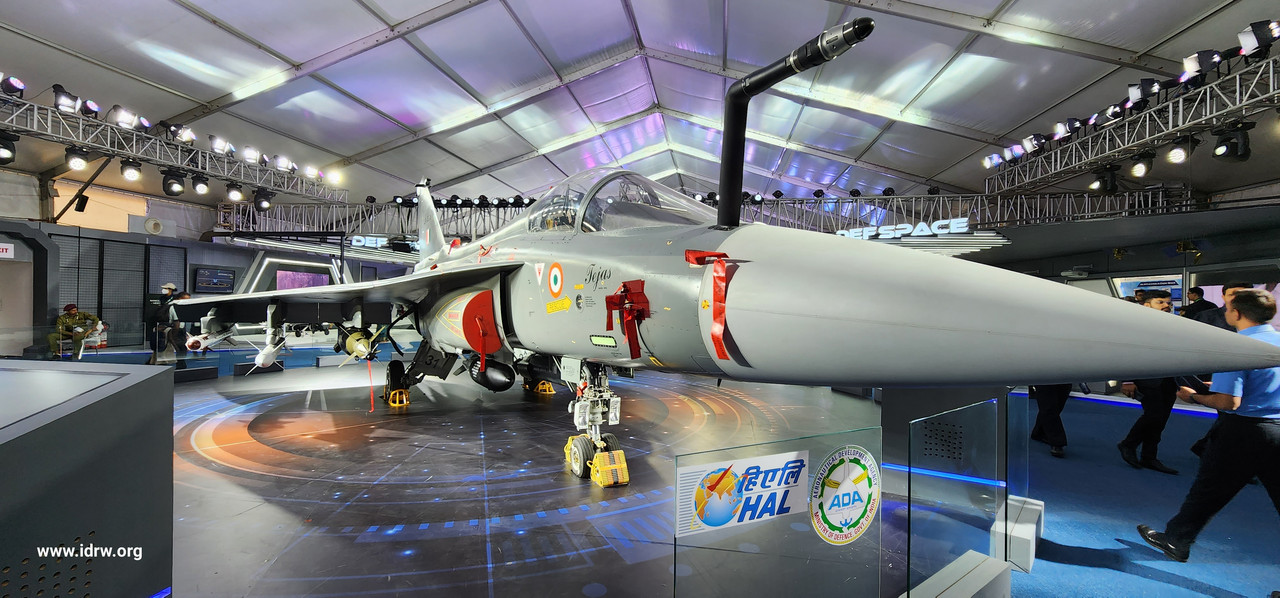
Hindustan Aeronautics Limited (HAL) seems poised to miss the March 31st deadline for delivering the first Tejas Mk-1A fighter jet to the Indian Air Force (IAF). This raises serious concerns about HAL’s ability to meet crucial deadlines and deliver on its promises. First Tejas Mk1A took off right before March deadline but as per latest media reports it will not be ready for handover for next few months before it is handed over to IAF.
The Mk-1A is a significant upgrade, boasting new systems, software, and weaponry. While the complexity justifies a thorough certification process involving multiple agencies, the missed deadline is a bitter pill to swallow, especially since it comes with a potential financial penalty for HAL.
Continue readingSOURCE: DEEPAK HILORI/ FOR MY TAKE / IDRW.ORG
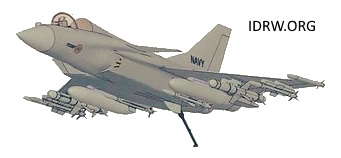
The recent approval by the Cabinet Committee on Security (CCS) for the development of the Advanced Medium Combat Aircraft (AMCA) marks a significant milestone in India’s quest for self-reliance in fighter jet technology. However, the high cost of the AMCA program, coupled with the uncertainties surrounding the TEDBF program for the Navy, raises questions about India’s overall fighter jet development strategy.
With a budget of ?15,000 crore, the AMCA program aims to develop a fifth-generation fighter jet for the Indian Air Force (IAF). The IAF has already committed to procuring 120 AMCA jets in both MkI and MkII variants, reflecting its confidence in the project’s potential.
Continue readingSOURCE: RAJESH AHUJA / FOR MY TAKE / IDRW.ORG

The potential clash between India’s Rafale fighter jets and China’s J-20s is a topic of intense discussion. While some Indian Air Force (IAF) veterans believe 36 Rafales could overpower 200+ J-20s, the reality is more nuanced. The Rafale does boast of extensive combat experience in Afghanistan, Libya, Mali, Iraq, and Syria. But will this experience translates to pilot proficiency and battle-tested tactics in still questionable.
The J-20, China’s answer to fifth-generation fighter jets, boasts of stealth capabilities and advanced technology. However, its actual combat performance remains untested, raising questions about its true effectiveness. While not officially a 5th generation fighter, the Rafale incorporates many features of this class, including superior avionics, a highly capable radar system, and a wide range of weaponry.
Continue readingSOURCE: SATYAJEET KUMAR/ FOR MY TAKE / IDRW.ORG
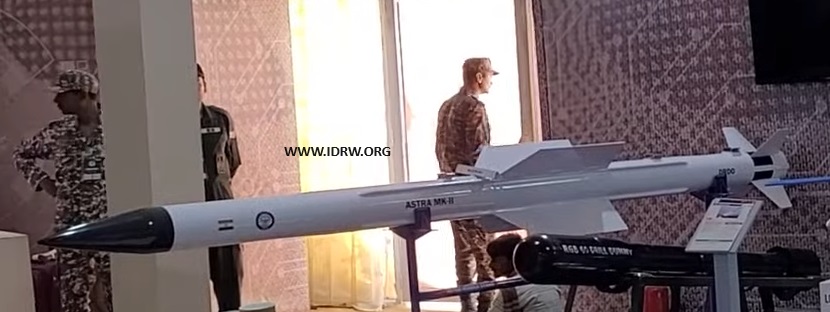
In the wake of the 2019 engagement with the PAF, India’s Beyond-Visual-Range Air-to-Air Missile (BVRAAM) capability presents a cause for concern. While the IAF’s Rafale jets boast the Meteor missile with an impressive 200km range, their limited numbers (36) restrict their overall impact.
Pakistan, on the other hand, seems to be upping the ante with the Chinese PL-15E BVRAAM. While the PL-15E boasts a technical range advantage (145km) over the Astra MkI (110km) equipped on Su-30MKI fighters, questions remain about its Electronic Counter-Measures (ECM) and overall effectiveness.
Continue readingSOURCE: JOYDEEP GHOSH/ FOR MY TAKE / IDRW.ORG

A Main Battle Tank or MBT or just tank is the most destructive and powerful land assault system for an army column. The tank that weighs anywhere between 40 tons (medium) to 68 tons (heavy) to 25 tons (light), and is key to any assault that it spearheads. Tanks are mobile, Armoured, heavy weapons platforms and the tank gun is the most critical part of the tank. Most of today’s modern day tank guns are above 100mm (105 mm, 115 mm, 120 mm, 125 mm) with 120mm being the most common.
The tank guns are housed in a rotating turret which allows the tank to engage enemy targets at just about any orientation. There are 2 types of tank guns that are differentiated by the make of barrel, smoothbore and rifle bore. A smoothbore barrel is completely smooth on the inside, cut into the metal, while a rifled-bore barrel has spiraling grooves cut on the inside of the barrel, that help guide a tank shell down the length of the barrel.
Continue readingSOURCE: JOYDEEP GHOSH/ FOR MY TAKE / IDRW.ORG
The Philippines is an island nation, comprising thousands of islands surrounded by sea on all sides. It has the Pacific Ocean in the east and the South China Sea in the west. Philippines was the scene of some of the biggest battles at sea that were fought during World War II. These include Leyete Gulf, Mariana, and the Coral Sea around the Philippines. Though these battles are known as battles of battleships and aircraft carriers; but submarines too played very crucial roles in these battles.
After the victory of the USA in World War II, it captured the Philippines; and deployed its forces for decades, especially during Cold War. After the end of the Cold War, when the USA withdrew its forces from the Philippines; the country slowly started building its forces but surprisingly it left the submarine arm untouched till date.
Continue readingSOURCE: JOYDEEP GHOSH/ FOR MY TAKE / IDRW.ORG
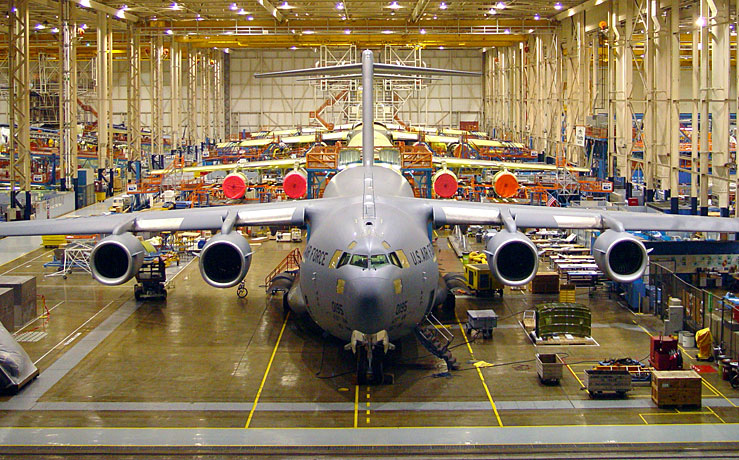
IAF currently operates 11 C-17 Globemaster IIIs. In 2010 it ordered 10 of these behemoths under a Very Heavy Lift Aircraft tender. In 2011, the IAF and Boeing agreed on terms for the order of 10 C-17 Globemaster IIIs under a US$ 4.1 billion deal, with an option to buy 6 more. However, some reports say IAF was duly informed by Boeing that the aircraft production line was slated to be closed soon, so if they wished to exercise an option to order 6 more aircraft, they needed to do it soon.
So, in 2012 or 2013 IAF reported firmed up plans to buy 5 more of these jets. But unfortunately, due to unfavorable economic conditions, the government didn’t give a go-ahead. So, when the government changed in 2014 the IAF hoped the deal will go through. But for unknown reasons, the new government sat on the proposal. Even after repeated requests by Boeing, the deal for 5 more jets couldn’t be taken forward. So ultimately after waiting endlessly for India to give orders for 5 more C-17 Globemaster IIIs, Boeing shut down the production line in 2015.
Continue readingSOURCE: JOYDEEP GHOSH/ FOR MY TAKE / IDRW.ORG

IAF has a major freighter issue at hand. Currently, it operates 17 IL-76MDs and 11 C-17 Globemaster IIIs. According to an estimate, IAF needs a total of 36 strategic heavy freighters at least not counting the mid-air refuelers. I am not talking about the requirement for tactical freighters which is filled by 12 C-130J-30 SH (6 more on order) and 108 An-32 and in the future, 56 C-295 will be added to it. The saga of mid-air refuelers is a never-ending saga (more about it later).
Out of the 17 IL-76MD freighters bought during the Soviet era in the 1980s basically, only half the fleet is available anytime based on the serviceability, due to lack of spares. The IL-76 jets have more turnaround time than C-17 Globemaster IIIs, meaning the former requires more hours of servicing for every hour of flight than the latter. The case is somewhat similar to the 6 IL-78 mid-air refuelers purchased in 2003 and 2004 from Russia. Only the 3 Beriev A-50 variants of IL-76 (the best of all 3 variants) used for AEW&C and purchased in 2009 from Russia reportedly have a better serviceability rate.
Continue readingSOURCE: JOYDEEP GHOSH/ FOR MY TAKE / IDRW.ORG

Pinaka is a multiple barrel rocket launcher or MBRL produced in India and developed by DRDO for use by the Indian Army. The system has multiple variants including a 40 km Mark-I and 60 km Mark-I Enhanced to start with. The rockets can be fired in a salvo of 12 rockets in mere 44 seconds.
Mounted on a Tatra truck Pinaka, inducted into the Indian Army in late 1990s in large numbers has been effectively used in the 1999 Kargil War to neutralize entrenched Pakistani positions on difficult to climb mountain tops. Pinaka was developed as a replacement to the aging BM21 Grad MBRL, the soviet origin rockets that have been in service with Indian Army for over 4 decades. Each Pinaka battery consists of 6 launcher vehicles, each with 12 rockets; 6 loader-replenishment vehicles; 3 replenishment vehicles; 2 Command Post vehicle with Fire Control computer, and DIGICORA MET radar. A battery of six Pinaka launchers can neutralize an area of 1,000 mtrs × 800 mtrs.
Continue readingSOURCE: JOYDEEP GHOSH/ FOR MY TAKE / IDRW.ORG

The 255 km long Darbuk-Shyok-Daulat Beg Oldie road also called Sub-Sector North Road, is a strategic all-weather road in eastern Ladakh in India, close to the Line of Actual Control with China. It connectsLeh, capital city of Ladakh with the Daulat Beg Oldi (DBO) post next to Depsang Plains via the villages of Darbuk and Shyok along the Shyok River Valley. The work started slowly with 220-km long stretch between Shyok and DBO built between 2000 and 2019 by Border Roads Organisation.
The road was meant to reduce travel time between Leh and DBO from 2 days to just 6 hours. Indeed this road would have given Indian Army a strategic advantage whenever it wanted to defend the Depang Plains and DBO area, with the LAC being just 10 kms away. The road itself is about 5 – 6 kms further away from Depsang Plains, north of the Depsang Bulge, a 900 sq. kms area.
Continue reading